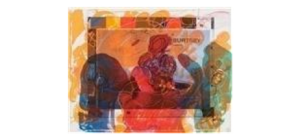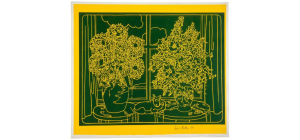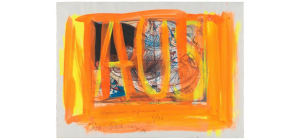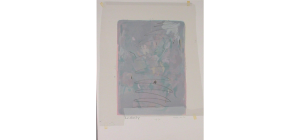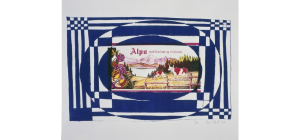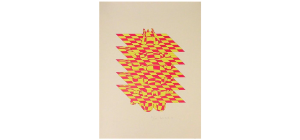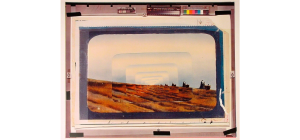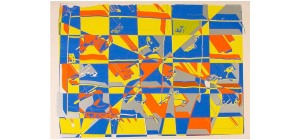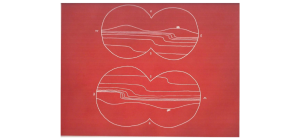Dieter Roth | Swiss, 1930-1998
Considered one of the most influential European artists of the post-war period, Dieter Roth produced artworks in a great range of media, from artist’s books, graphics, drawings, and sculptures, to assemblages and installations including sound, music, and video. In 1954 Roth started to make experimental works, including his first baked sculpture (a spiral made from bread dough), forays into Op art, and kinetic sculptures. In the ’60s he made pictures and objects that incorporated chocolate and other edible materials subject to decomposition—meditations on time, decay, and metamorphosis. Critics often note that there was little to separate Roth’s life from his work; his artwork, Fussboden (Floor, 1975–92), for example, was comprised of a wooden studio floor covered with pigment and glue. To create the work, Roth removed the floor from his studio in Iceland and hung it like a painting, allowing it to function as a readymade record of his practice.

